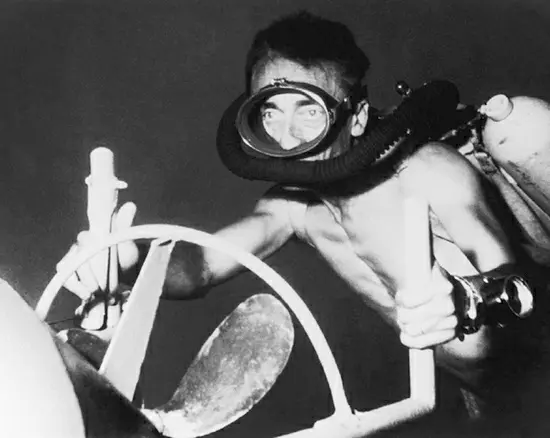Jacques-Yves Cousteau, along with his colleague Émile Gagnan, dramatically transformed the exploration of the world’s oceans in the 20th century. Before their innovations, ocean exploration was largely confined to surface-level expeditions. The development of the Aqua-Lung in 1943, a groundbreaking Self-Contained Underwater Breathing Apparatus (SCUBA), marked a significant leap in underwater exploration technology.
Historically, various methods like snorkels and diving bells were used for brief underwater stays, mainly for boat repairs or salvaging shipwrecks. The early nineteenth century saw the development of the first military submarines, and the first “closed-circuit” SCUBA was introduced in 1876. However, it was Cousteau and Gagnan’s easy-to-use Aqua-Lung that truly opened the oceans’ depths for extended exploration.
Cousteau, a French naval lieutenant, not only utilized the Aqua-Lung for practical purposes like underwater filming and mine clearance but also embarked on a mission to explore the oceans. Starting in 1950, aboard his ship Calypso, he conducted numerous diving and filming expeditions, turning the vessel into a mobile laboratory for oceanographic research.
Gaining international fame, Cousteau became a prominent figure in ocean conservation, hosting popular documentary TV shows like “The Undersea World of Jacques Cousteau” and “The Cousteau Odyssey.” These series, along with Cousteau’s charismatic personality and advocacy, played a pivotal role in raising global awareness about the importance of preserving oceanic resources and habitats. The Cousteau Society, founded in 1973, continues his legacy, with thousands of members committed to protecting our ocean world.

